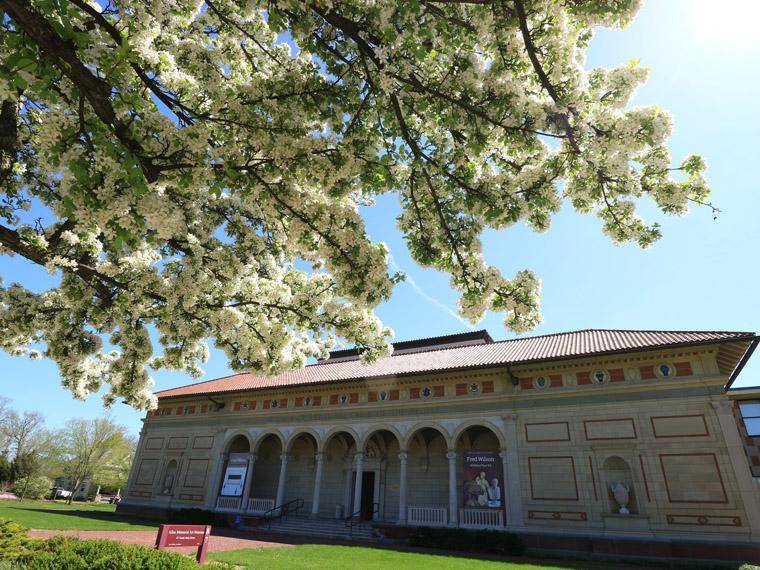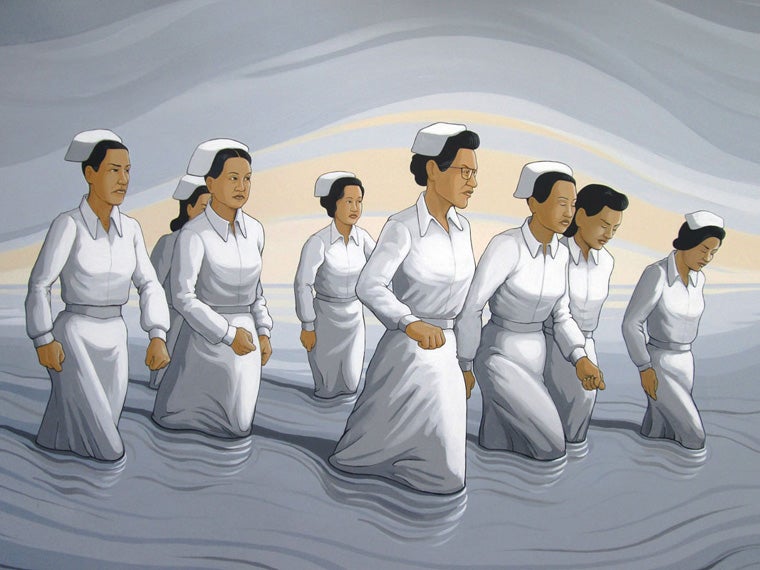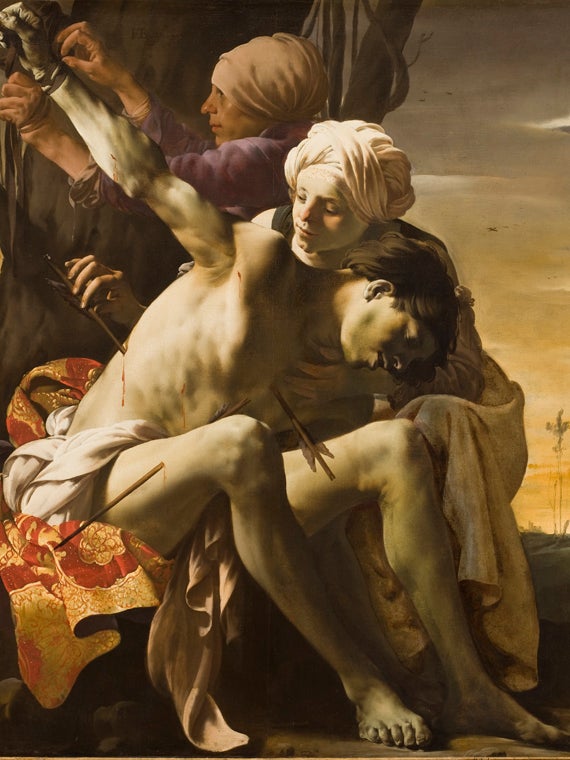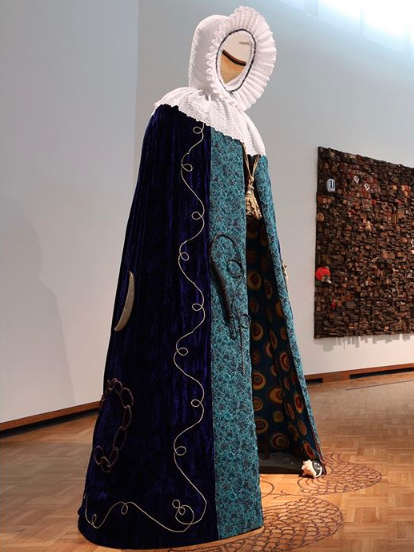Allen Memorial Art Museum Shares its Collections in New Ways
April 3, 2020
Hillary Hempstead

The exterior of the Allen Memorial Art Museum.
Photo credit: John Seyfried
During the temporary closure of the museum, staff have embraced the challenge of moving education online. In the process, they are finding silver linings, including a broader audience for their programming and fewer constraints on how to present artwork.
The Allen Memorial Art Museum (AMAM) is an integral part of the Oberlin College academic experience. The museum hosts public programming throughout the year, including Tuesday Teas and Art Breaks programming, and professors use class visits to incorporate artwork into their course material. So what happens when the museum is temporarily closed due to a global health crisis? Befitting an art museum, the staff gets creative.
From producing videos of curator talks, to sharing artwork on social media, staff at the AMAM are making their collections available to the public in ways beyond those methods used before the COVID-19 pandemic.
“Our intention is to make the museum accessible during the closure,” says Eric & Jane Nord Family Curator of Education Jill Greenwood.

Sharing Art Through Social Media
The museum is largely focused on sharing its collection through its social media channels, with an emphasis on works connected to the theme of “health and healing through art.” The topic is particularly relevant right now during the COVID-19 pandemic, and it seems to resonate strongly. An image of nurses shared recently, paired with commentary about the work they’re doing and the lack of supplies, has garnered the most engagement of any previous post on the museum’s Instagram account .
“We’re sharing with our visitors as much as we can through social media,” says Walker Shadle, curatorial assistant in the museum’s education department. “Sometimes it will be on the theme of health and healing, and other times it may feature curators talking about various works.”
According to Shadle, another social media trend the staff has embraced is the #museumfromhome hashtag. Museums across the country are using the hashtag to create a searchable repository of posts from any institution that uses it. When someone searches on a social media site using that hashtag, they will be greeted with artworks from myriad museums.
Gallery Talks Become Video Talks

When it comes to the museum’s public programming, what would normally take place as an in-person gallery talk led by a curator has taken on a different format. Curators instead talk about art through videos they’ve produced, and those videos are shared on the museum’s social media accounts. This allows the museum to extend the program’s reach from what might have been 20 people in person at the museum, to anyone who visits the AMAM’s social media.
This spring, Alexandra Letvin, assistant curator of European and American art, will lead a talk focused on health and healing, using works in the museum’s collection featuring St. Sebastian, who is identified as the patron saint of plague victims.
Those who follow the museum’s social media will also have the opportunity to see pieces from current exhibitions that are not on view due to the closure, including pieces in Afterlives of the Black Atlantic . A video discussion, led by Matthew Francis Rarey, assistant professor of the arts of Africa and the black Atlantic, is planned for later this semester.

Connecting to Artwork in a Virtual Classroom
Typically, Hannah Wirta Kinney, assistant curator of academic programs, works with faculty to connect them with artwork at the museum. Often, classes come to the AMAM to look at works in person. With students, faculty, and staff working and taking classes remotely, that method was no longer viable, and Kinney had to devise an alternate plan.
“My job is all about creating situations in which students and faculty are engaging with art in the original form,” says Kinney. “We often say, the digital image can’t replace the original—come to the museum. So figuring out how to keep the importance of objects while being able to support faculty has been an interesting challenge.”
What has stayed the same for Kinney is the model she uses to work with faculty, but the method of presentation has changed. Now, Kinney creates digital presentations of the artwork to lead classes in a Zoom meeting.
One of the surprising things Kinney has found is that there are benefits to presenting artwork digitally. Says Kinney, “We can look closely at a detail in a piece of artwork in a way that’s not possible in the gallery. There are also administrative rules that limit the number of works we can bring into the print study room, but that constraint has been removed. Finally, when you’re in the museum with a class, you have to think about time and how long it takes to move through spaces, but digitally, space is collapsed, so you have more time with the artwork.”
Looking Toward the Future
While the staff admits that they miss being in the museum and talking about the works of art in person, they have managed to find the opportunities among the challenges of the situation. “We have been looking for the bright moments,” says Kinney. “Changing what we’re doing, in small ways, can really help us rethink things... and maybe help us do our work better in the future.”
You may also like…
Josh Nolan Named Vice President, General Counsel, and Secretary at Oberlin
Distinguished attorney brings extensive experience in higher education law.
Learning by Teaching: Oberlin Students Share Global Music with Young Learners
College and Conservatory students in PACE 103 prepare local children for an immersive community concert at Oberlin.
Nuiko Wadden ’02 Joins Oberlin Conservatory Faculty as Assistant Professor of Harp
The versatile musician brings extensive opera, orchestral, and contemporary music experience to her role


